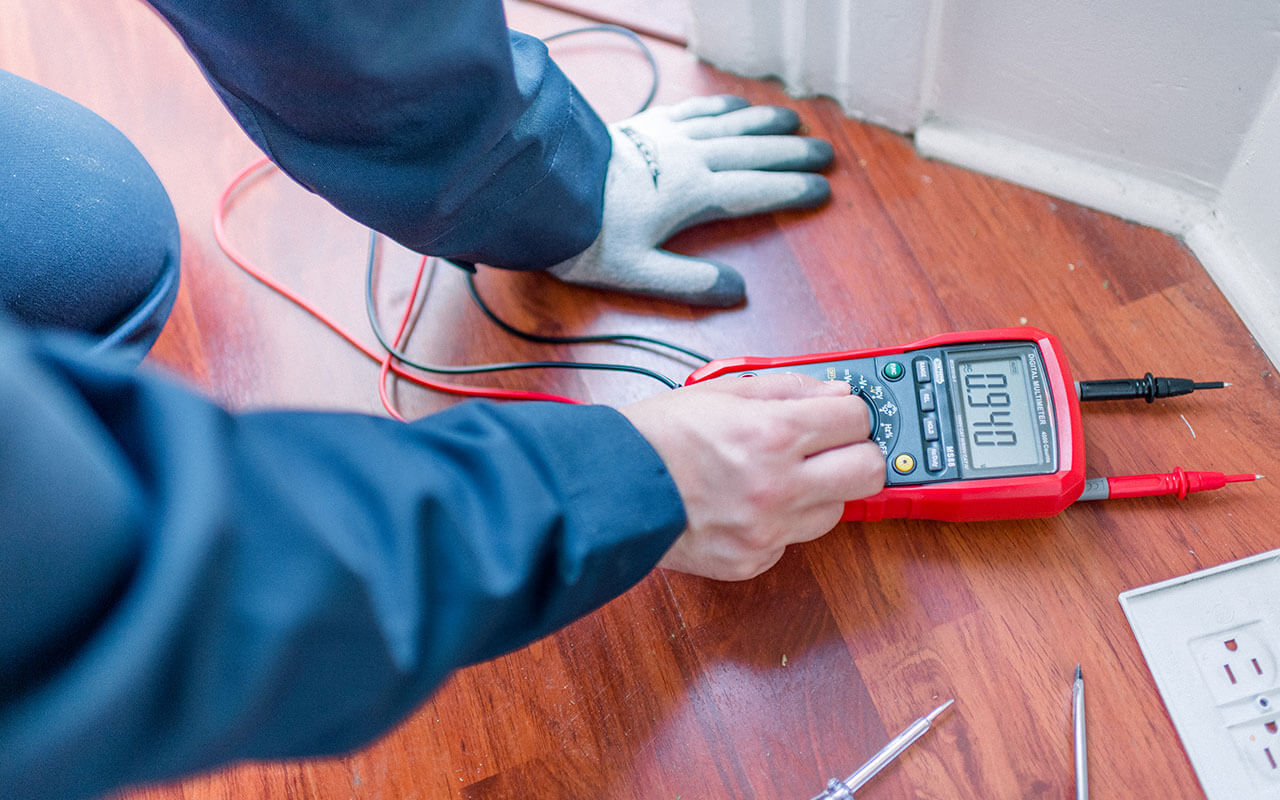Inadequate electrical capacity is mainly due to increasing the number of devices that consume electricity in your home like new heating and cooling equipment, frost free refrigerators, clothes dryers, water heaters, electric ranges and ovens, dishwashers, and other powerful electric motor driven tools and appliances.
As you add devices to your home, the power supply may become inadequate. If you have indicators like fuses or circuit breakers tripping, or lights dimming, its time to carefully look at your circumstances before equipment failure, fire, or other problems arise.
5 Causes of Inadequate Power in Your Home
1. Limited service panel capacity
When the overall demand from total electrical devices is greater than what the panel is able to supply, the main service panel will likely fail, frequently. Excess demand indicates that the panel rating is less than needed or the panel might be limiting capacity because it has no space left for more fuses or circuit breakers.
In either case its time to make a circuit map to calculate demand and compare it with the capacity of the main panel to supply. If you find the power demand is less than the capacity and there is no room for more breakers, then a sub-panel might be the answer. Conversely, if the overall demand is greater than the main panel ability to supply, then you will need a licensed electrician to install a new main panel.
2. Overloaded circuits
Another use for the circuit map is to determine if demand on the circuits are greater than the amperage rating of the circuit controlling it. It is important to note peak demands of appliances that may draw more power on starting and create a power surge that trips the breaker.
A power surge that doesnt trip the breaker is indicated by lights dimming when an appliance turns on. Appliances that produce surges should have their own separate circuit designed to tolerate the surge.
To prevent the risk of fire do not exceed the safe amperage of the circuit. Blown fuses or tripped breakers indicate an overloaded circuit. Do not replace breakers with ones of higher amperage just because they fail. Instead run a new circuit from the main panel that is within the supply capacity.
3. Insufficient number of outlets
A general recommendation is to have at least one outlet for every 12 feet of wall, ground fault interrupted outlets in bathrooms and exterior walls, one outlet for each counter top in the kitchen, or as required by local codes.
The most obvious indicator that more outlets are needed is when you start to use multi-outlet extension cords on a regular or permanent basis. Most low cost extension cords are not designed to carry heavy amperage demanded of permanent wiring. Excess loads may cause overheating and fire.
Computer workstations can require outlets for more than two devices from a single dual receptacle wall circuit. Older CRT monitors and laser printers can cause surges when they are turned on. The best solution is to supply the required outlets on separate circuit(s) designed to exceed the demand. The next best option is to use a fused and surge protected uninterrupted power supply (UPS) to protect your equipment. UPS are now available for less than $100 and can protect your computer investment from power problems better than anything else. The less expensive power bars and extension cords run risks of equipment damage or fires if the circuit is overloaded.
4. Inadequate feeder lines
Older houses may have original two-wire feed lines from the power companys nearest utility pole. One of the wires is hot, delivering 110-115 volts and the other is neutral. Obviously these lines will not power 240 volt appliances nor is the amperage likely able to power more than a few newer appliances at a time.
The electric company should replace the two wire system with a three wire system at their own expense. Since you will have to pay an electrician to install a new service panel, use your circuit map and any expansion plans to determine future demand, then size the new panel capacity accordingly.
5. Overtaxed transformer
In older high-density neighborhoods electricity demands over time have increased. In some cases the transformer serving the area may not have been increased to meet the growth in demand. Although the power companies are required to scale up supply according to demand, it is wise to check into the matter before paying to connect a larger service.
Tips
Demand Side Management (DSM) refers to actions taken on the customer’s side of the meter to change the amount or timing of energy consumption. Utility DSM programs offer a variety of measures that can reduce energy consumption and consumer energy expenses. Electricity DSM strategies have the goal of maximizing end-use efficiency to avoid or postpone the construction of new generating plants.
A Summer Electrical Check-Up for Your Home
When was the last time your home had an electrical checkup? The wonderful weather of Summer...




0 comentarios